Product Detail
Product Namep53(Ab-15) Antibody
Host SpeciesRabbit
ClonalityPolyclonal
PurificationAntibodies were produced by immunizing rabbits with synthetic peptide and KLH conjugates. Antibodies were purified by affinity-chromatography using epitope-specific peptide.
ApplicationsWB,IHC,IF,ELISA
Species ReactivityHuman,Mouse,Rat,Monkey
SpecificityThe antibody detects endogenous level of total p53 protein.
Immunogen TypePeptide-KLH
Immunogen DescPeptide sequence around aa.13~17 (P-L-S-Q-E) derived from Human p53.
Target Namep53
ConjugateUnconjugated
Other NamesTumor suppressor p53; Phosphoprotein p53; Antigen NY-CO-13; TP53;
Accession NoSwiss-Prot: P04637
NCBI Protein: NP_000537.3
Uniprot
P04637
Gene ID
7157;
Concentration1.0mg/ml
FormulationLiquid in PBS containing 50% glycerol, 0.5% BSA and 0.02% sodium azide.
StorageStore at -20°C for long term preservation (recommended). Store at 4°C for short term use.
Application Details
Western Blot: 1:500 - 1:2000.
Immunohistochemistry: 1:100 - 1:300.
Immunofluorescence: 1:200 - 1:1000
Western blot analysis of lysates from 1)p53 knockout A431 cell , 2)A431 cells, (Green) primary antibody was diluted at 1:1000, 4°over night, Dylight 800 secondary antibody was diluted at 1:10000, 37° 1hour. (Red) Actin β Monoclonal Antibody(5B7) antibody was diluted at 1:5000 as loading control, 4° over night, Dylight 680 secondary antibody was diluted at 1:10000, 37° 1hour.
Immunohistochemical analysis of paraffin-embedded Mouse-liver tissue. 1,p53 Polyclonal Antibody was diluted at 1:200(4°C,overnight). 2, Sodium citrate pH 6.0 was used for antibody retrieval(>98°C,20min). 3,Secondary antibody was diluted at 1:200(room tempeRature, 30min). Negative control was used by secondary antibody only.
Immunohistochemical analysis of paraffin-embedded Human-lung-cancer tissue. 1,p53 Polyclonal Antibody was diluted at 1:200(4°C,overnight). 2, Sodium citrate pH 6.0 was used for antibody retrieval(>98°C,20min). 3,Secondary antibody was diluted at 1:200(room tempeRature, 30min). Negative control was used by secondary antibody only.
Immunohistochemical analysis of paraffin-embedded Human-stomach-cancer tissue. 1,p53 Polyclonal Antibody was diluted at 1:200(4°C,overnight). 2, Sodium citrate pH 6.0 was used for antibody retrieval(>98°C,20min). 3,Secondary antibody was diluted at 1:200(room tempeRature, 30min). Negative control was used by secondary antibody only.
Immunohistochemical analysis of paraffin-embedded Rat-spleen tissue. 1,p53 Polyclonal Antibody was diluted at 1:200(4°C,overnight). 2, Sodium citrate pH 6.0 was used for antibody retrieval(>98°C,20min). 3,Secondary antibody was diluted at 1:200(room tempeRature, 30min). Negative control was used by secondary antibody only.
Immunohistochemical analysis of paraffin-embedded Mouse-testis tissue. 1,p53 Polyclonal Antibody was diluted at 1:200(4°C,overnight). 2, Sodium citrate pH 6.0 was used for antibody retrieval(>98°C,20min). 3,Secondary antibody was diluted at 1:200(room tempeRature, 30min). Negative control was used by secondary antibody only.
Immunofluorescence analysis of human-liver tissue. 1,p53 Polyclonal Antibody(red) was diluted at 1:200(4°C,overnight). 2, Cy3 labled Secondary antibody was diluted at 1:300(room temperature, 50min).3, Picture B: DAPI(blue) 10min. Picture A:Target. Picture B: DAPI. Picture C: merge of A+B
Immunofluorescence analysis of human-lung tissue. 1,p53 Polyclonal Antibody(red) was diluted at 1:200(4°C,overnight). 2, Cy3 labled Secondary antibody was diluted at 1:300(room temperature, 50min).3, Picture B: DAPI(blue) 10min. Picture A:Target. Picture B: DAPI. Picture C: merge of A+B
Immunofluorescence analysis of mouse-liver tissue. 1,p53 Polyclonal Antibody(red) was diluted at 1:200(4°C,overnight). 2, Cy3 labled Secondary antibody was diluted at 1:300(room temperature, 50min).3, Picture B: DAPI(blue) 10min. Picture A:Target. Picture B: DAPI. Picture C: merge of A+B
Figure legend: Western blot showing p53 (protein code: Tp53) expression in wild-type (WT) and Tp53 shRNA knockdown rat PC-12 cells. Beta-actin (Actb) served as the loading control.Conclusion: Since this antibody detects endogenous p53 protein in WT but not in shRNA knockdown cell lysate, this antibody is highly specific. Note: The lower band may represent the physiologically degraded p53 protein. Nonetheless, as long as these bands disappear in shRNA KD cell lysates, this antibody is still specific. This phenomenon occurs most often in polyclonal Abs, further emphasizing the importance of using KD to validate antibodies.
p53 is a nuclear protein which plays an essential role in the regulation of cell cycle specifically in the transition from G0 to G1. It is found in very low levels in normal cells however in a variety of transformed cell lines in high amounts and believed to contribute to transformation and malignancy. The open reading frame of p53 is 393 amino acids long, with the central region (consisting of amino acids from about 100 to 300) containing the DNA-binding domain. This proteolysis-resistant core is flanked by a C-terminal end mediating oligomerization and an N-terminal end containing a strong transcription activation signal. p53 binds as a tetramer to a PBS (p53-Binding Site) and activates the expression of downstream genes that inhibit growth and/or invasion. p53 binds as a tetramer to a p53-binding site (PBS) and to activate the expression of adjacent genes that inhibit growth and/or invasion. Deletion of one or both p53 alleles reduces the expression of tetramers, resulting in decreased expression of the growth inhibitory genes
Lin T, et al. (2005) Nat Cell Biol; 7(2): 165-71.
Vega FM, et al. (2004) Mol Cell Biol; 24(23): 10366-80.
Li J, et al. (2004) J Biol Chem; 279(40): 41275-9.
Wang J, et al. (2004) J Biol Chem; 279(38): 39584-92.
If you have published an article using product 21085, please notify us so that we can cite your literature.
et al,CK2-mediated CCDC106 phosphorylation is required for p53 degradation In cancer progression. In J Exp ClIn Cancer Res on 2019 Mar 18 by NIng Y, Wang C, et al..PMID: 30885251
, (2019),
PMID:
30885251
et al,PTEN expression in U251 glioma cells enhances their sensitivity to ionizing radiation by suppressing DNA repair capacity. In Eur Rev Med Pharmacol Sci on 2019 Dec by Li HL, Wang CY, et al..PMID:31841199
, (2019),
PMID:
31841199
et al,H. pylori infection-induced MSC differentiation into CAFs promotes epithelial-mesenchymal transition in gastric epithelial cells.In Int J Mol Med on 2013 Dec by Zhang Q, Wang M,et al..PMID:24145921
, (2013),
PMID:
24145921
et al,Xanthatin Induces Cell Cycle Arrest at G2/M Checkpoint and Apoptosis via Disrupting NF-魏B Pathway in A549 Non-Small-Cell Lung Cancer Cells.In Molecules on 2012 Mar 26 by Lei Zhang, Junshan Ruan,et al..PMID:22450683
, (2012),
PMID:
22450683
et al,Effect of the Tumor Suppressor Gene ING4 on the Proliferation of MCF-7 Human Breast Cancer Cells.In Oncol Lett on 2012 Sep by
Qinjun Wei, Wei He,et al..PMID:22970041
, (2012),
PMID:
22970041
et al,Cell cycle arrest and apoptosis of OVCAR-3 and MCF-7 cells induced by co-immobilized TNF-伪 plus IFN-纬 on polystyrene and the role of p53 activation. In Biomaterials
on 2012 Sep by Yan-Qing Guan, Zhibin Li, et al..PMID: 22682938
, (2012),
PMID:
22682938
et al,Xanthatin induces G2/M cell cycle arrest and apoptosis in human gastric carcinoma MKN-45 cells. In Planta Med on 2012 Jun by Lei Zhang, Li Tao, et al..PMID:22532019
, (2012),
PMID:
22532019
More
et al,Solanesol protects human hepatic L02 cells from ethanol-induced oxidative injury via upregulation of HO-1 and Hsp70.In Toxicol In Vitro on 2015 Apr by Xiangyang Yao, Qin Bai et al..PMID:25645596
, (2015),
PMID: 25645596


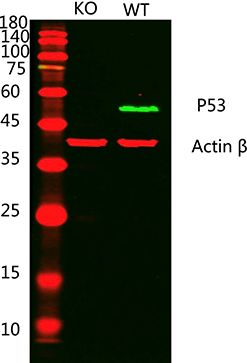
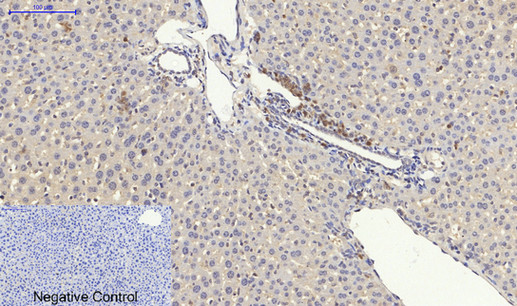
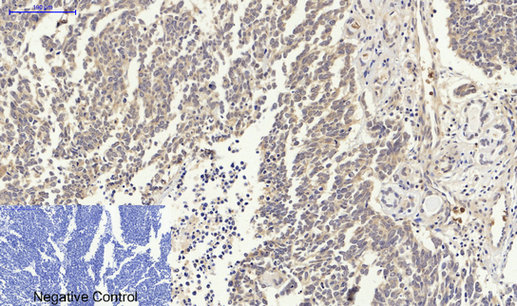
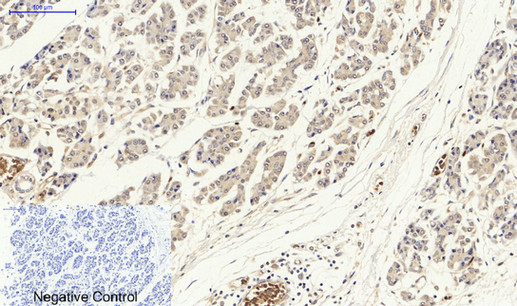
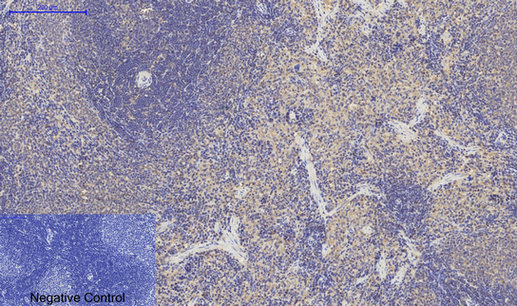
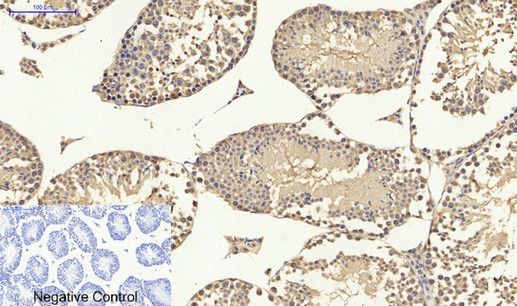
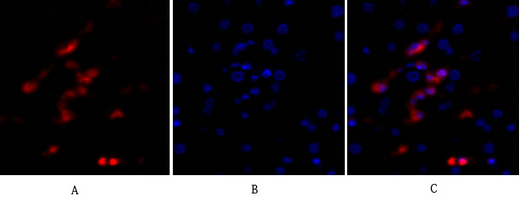
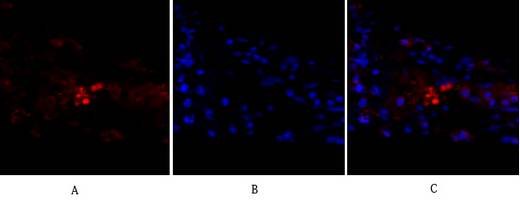


 Yes
Yes



